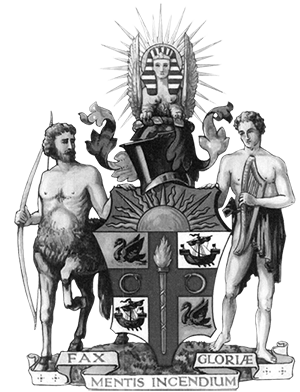Info » Pelvic Floor Exercises After Radical Prostatectomy
Info » Pelvic Floor Exercises After Radical Prostatectomy
The pelvic floor is a group of muscles that have a important role in continence. They are very close and often related to the prostate. To ensure the best possible cancer clearance they can unfortunately be damaged during the surgery and weaken.
Pelvic floor exercises can strengthen existing / undamaged muscle to improve continence.After the radical prostatectomy surgery you’ll have a tube called a catheter to drain urine from your bladder. The catheter is usually removed after one to three weeks. You can start doing pelvic floor muscle exercises as soon as your catheter has been removed. They’re safe to do, and won’t hurt or cause any damage.
How do I find my pelvic floor muscles?
It’s important to find the right muscles before you start doing pelvic oor muscle exercises. To do this, either sit, stand or lie down – whichever you find most comfortable – and relax your thighs and buttocks.
Tighten the ring of muscle around the opening to your back passage (anus) as if you’re trying to control wind. Then relax. Try not to squeeze your buttocks together, or tighten your thigh muscles or stomach (abdominal) muscles. And try not to hold your breath – just keep breathing normally.
At the same time, imagine you’re urinating and tighten your muscles as if you’re trying to stop mid flow, then relax. You can try this once or twice while you’re actually urinating if this helps you to find the right muscles – but don’t do this all the time as it could cause problems emptying your bladder.
If you’re tightening the right muscles, you should feel a dip at the base of your penis and feel your scrotum (the skin around the testicles) move up a little. You might nd it helpful to do the exercises in front of a mirror to begin with, so you can see the base of your penis and your scrotum move.
You can also check if you’re using the right muscles by touching the skin just behind the scrotum. You should feel the muscles lift up and away from your fingers when you tighten them. If you feel the muscles pushing down, you aren’t doing the exercises properly.
How do I do the exercises?
Make sure you’ve found the right muscles, and know how it should feel when you tighten them, before trying these exercises. There are two sets of exercises – slow and fast. You can do them while sitting, standing or lying down – whichever you prefer.
Slow pelvic floor muscle exercises
1. Slowly tighten the muscles as hard as you can so you feel a lifting sensation.
2. Try to hold this lift for ten seconds. Keep breathing normally.
3. Slowly relax the muscles and rest for ten seconds.
4. Aim to repeat the lift and rest up to ten times.
You might find that you can’t hold the lift for ten seconds to start with. Just hold it for as long as you can and try to build up to ten seconds. It’s more important to do the exercises properly than to do them for the full ten seconds.
Fast pelvic floor muscle exercises
1. Repeat the same action, but this time try tightening the muscles as quickly as possible.
2. Hold the lift for one second and then let go.
3. Try to do up to ten of these short, fast lifts.
Try to concentrate while you’re doing the exercises. If you don’t do them properly, they might not help.
If you’d like more advice on how to do pelvic floor muscle exercises, or you’re finding them difficult, ask your doctor to refer you to a continence advisor.
Mr Serge Luke
MBChB MD FRACS
Consultant Urologist

ROYAL AUSTRALASIAN
COLLEGE OF SURGEONS

Mr Alastair J. Hepburn
MBChB FRACS
Consultant Urologist